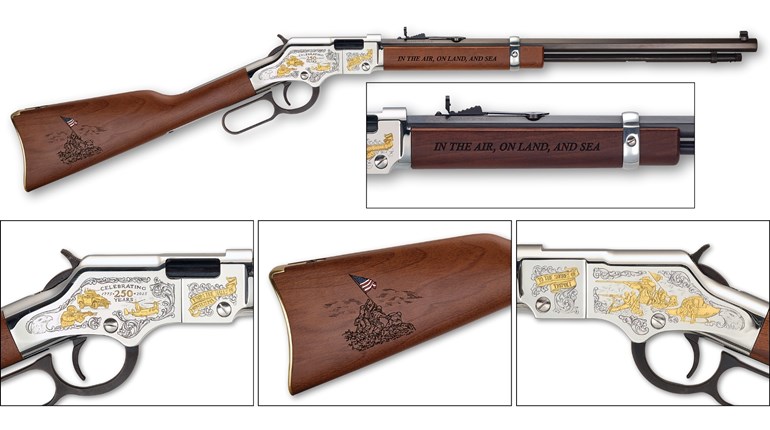
Firearm design follows a clear path of evolution as features and characteristics develop and then combine with one another. The 1891 Mosin-Nagant rifle that served Tsarist Russia during the closing years of the three-century-old Romanov dynasty is an excellent example of this process: it combined the receiver and bolt that Sergei Ivanovitch Mosin designed with Emile Leon Nagant’s clip-loaded magazine.
It is familiar to collectors and shooters alike, and it marks an important milestone in the evolution of the modern service rifle. With its adoption, the world was also introduced to 7.62x54 mmR, a cartridge that continues to serve to this day after more than 125 years. The Mosin-Nagant rifle answered the call during the summer of 1914 as the armies of Europe mobilized in response to the assassination of Archduke Franz Ferdinand, and it armed the forces of Imperial Russia as war descended over the continent.
During the opening weeks of fighting, Russian imperial troops armed with the 1891 Mosin-Nagant clashed with the German Empire in the battles of Tannenberg and Masurian Lakes, but both presented the Tsar’s forces with only defeat. Although their early war against the Austro-Hungarians proceeded more positively, the Russians nevertheless settled into the stagnation of trench warfare on a front stretching from the Black Sea to the Baltic.
In 1915, the Germans and the Austro-Hungarians pushed them out of Galicia and Poland, then in 1916 the Brusilov Offensive delivered a victory, albeit with astonishingly high casualties. As 1916 gave way to 1917, Imperial Russia was beginning to suffer under the weight of intense attrition. The war was stretching the entirety of Russian society to the breaking point. Even then, the Mosin-Nagant remained in production at the Izhevsk, Sestroryetsk and Tula Arsenals. In an effort to bring more rifles to bear against the Central Powers, it was also manufactured in France at Châtellerault, and in the U.S. at Remington Arms and New England Westinghouse.

But, 1917 brought a change to the way that the Mosin-Nagant rifle would serve “Mother Russia’s” future. In February, food shortages and civil unrest led to armed insurrection, the abdication of Tsar Nicholas II and the establishment of a provisional government. It was at this point that the 1891 Mosin-Nagant began to serve under a new flag. But, when reforms failed to relieve wartime hardships, the country tumbled headlong toward an even more dramatic break with its past social order.
In October, the Bolshevik Revolution dismantled Tsarist autocracy once and for all, ending centuries of imperial rule, and replaced it with a new republic headed by the political theorist Vladimir Ilyich Ulyanov—also known as Lenin. The Bolsheviks abolished the monarchy and quickly reached a separate peace with the Central Powers through the Treaty of Brest-Litovsk.
Although by that point Russia was no longer a combatant power involved in the First World War, fighting nevertheless continued as a civil war soon erupted, pitting the Bolsheviks against “White Russian” counter-revolutionaries. During this time, the 1891 Mosin-Nagant fought for both sides. In the end, the Marxists prevailed and the Soviet Union was born. In just a few short years, the Mosin-Nagant rifle had gone from defending the old-order of the divine-right monarchy, to fighting on behalf of Marxist ideology, to fighting the bloody civil war that paved the way for the rise of Josef Stalin.

In this unique way, the 1891 Mosin-Nagant served across the great ideological divide that not only influenced the outcome of the World War I, but also dominated the geopolitical landscape of the rest of the 20th century. It fought for the Tsar, fought for the Revolution and, in the 1940s, it eventually fought the fascists and the National Socialists. It even fought the Cold War.
Because of its post-modern popularity among collectors and recreational shooters, it is bought and sold with regularity even today, 100 years after the Bolshevik Revolution. As supply of the rifles has dwindled, prices have increased in recent years. What do you think Lenin would have to say about that?




































